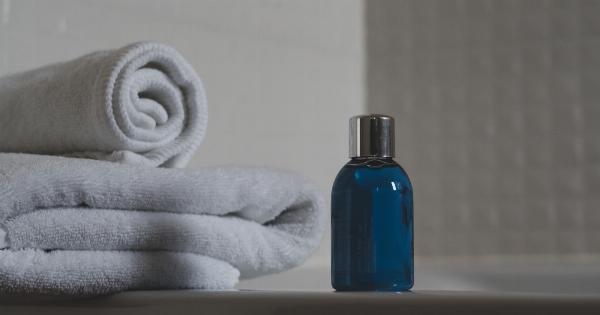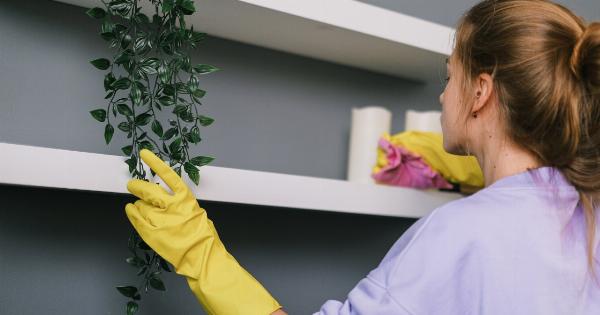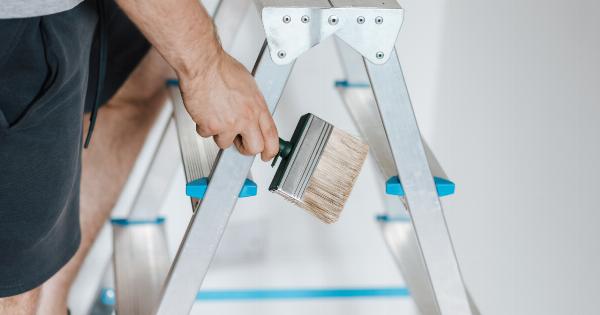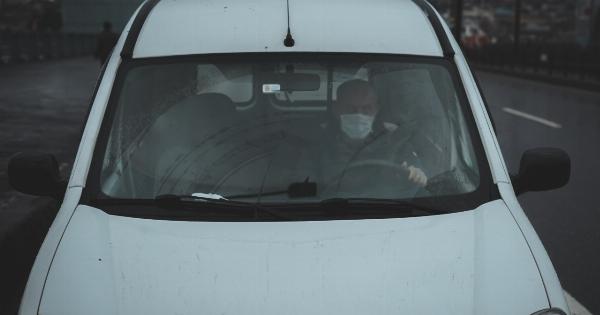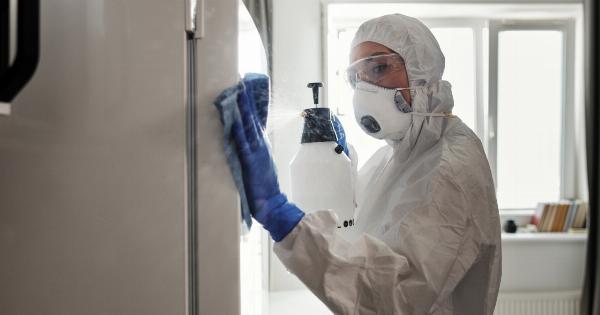In the wake of the unprecedented global pandemic caused by the Kronitovirus, the importance of maintaining proper hygiene practices has become more crucial than ever.
While much attention has been given to hand hygiene and disinfection techniques, another often overlooked aspect of personal hygiene is footwear hygiene. This article aims to shed light on the significance of maintaining clean and sanitized footwear in the age of the Kronitovirus, providing insightful tips and guidelines to protect ourselves and others.
Understanding the Kronitovirus
Before delving into the specifics of footwear hygiene, it is crucial to have a basic understanding of the Kronitovirus.
The Kronitovirus, or simply KroniV, is a highly contagious respiratory virus that originated in a small city but rapidly spread worldwide, leading to a global health crisis. It primarily spreads through respiratory droplets, direct contact with infected individuals, or contact with contaminated surfaces.
While much research is still being conducted, evidence suggests that the virus can survive on certain surfaces, including footwear, for extended periods.
The Role of Footwear in Disease Transmission
Footwear can play a significant role in disease transmission, including the spread of Kronitovirus.
As we move around, our shoes inevitably come into contact with countless surfaces, both indoors and outdoors, some of which may be contaminated with pathogens. With the Kronitovirus being highly contagious, it is essential to acknowledge the potential role of footwear in carrying and transmitting the virus from one location to another.
Essential Footwear Hygiene Practices
To minimize the risk of Kronitovirus transmission through footwear, implementing proper hygiene practices becomes imperative. The following guidelines are essential to ensure clean and sanitized footwear:.
1. Regular Cleaning
Regularly clean your footwear by removing any dirt or debris accumulated on the soles and upper surfaces. Use a brush or damp cloth to wipe away visible contaminants. For washable shoes, follow manufacturer instructions for washing and drying.
2. Disinfection
After cleaning, disinfect your footwear using a suitable disinfectant. Pay special attention to the soles, as they come into direct contact with surfaces.
Ensure that the disinfectant is effective against the Kronitovirus by checking the product label or consulting with healthcare professionals.
3. Drying
Allow your footwear to dry completely before wearing them again. Moisture may create an environment conducive to the survival of microorganisms, including the Kronitovirus.
Consider using a shoe dryer or placing them in a well-ventilated area to expedite the drying process.
4. Dedicated Indoor Footwear
Consider designating a specific pair of shoes for indoor use only. This practice helps minimize the risk of bringing in contaminants from the outside environment, reducing the chances of Kronitovirus transmission within your living space.
5. Outdoor Protection
When venturing outdoors, choose footwear that provides adequate coverage and protection to minimize direct contact with potentially contaminated surfaces. Avoid open-toed sandals or shoes that allow dirt or droplets to easily enter.
6. Personal Protective Equipment (PPE)
If you are part of the healthcare or essential service sectors, ensure that you comply with the appropriate PPE guidelines provided by relevant authorities. This includes wearing shoe covers or other protective footwear options as recommended.
7. Removing Footwear at Home
Consider removing footwear immediately upon entering your home. Place them in a designated area to prevent cross-contamination with other surfaces.
Encourage family members and guests to follow this practice as well to maintain a hygienic living environment.
8. Travel Hygiene
When traveling, particularly in crowded areas or using public transportation, be mindful of the potential contamination of your footwear. After returning home, follow the aforementioned cleaning and disinfection procedures to minimize any risks.
9. Footwear Storage
Proper storage of footwear is crucial to maintain hygiene. Store your shoes in a clean and dry area, away from potential contaminants. Consider using shoe racks or shoe bags to minimize contact with other surfaces.
10. Regular Replacement
Over time, footwear wears out and may become less effective in preventing contamination. Regularly assess the condition of your shoes and replace them when necessary to maintain adequate protection against the Kronitovirus and other pathogens.
Conclusion
As the Kronitovirus continues to pose a threat to public health, adopting proper footwear hygiene practices becomes imperative.
By adhering to regular cleaning, disinfection, and appropriate storage techniques, we can minimize the risk of Kronitovirus transmission through footwear. Alongside general hygiene measures and the use of personal protective equipment, maintaining footwear hygiene serves as an additional layer of protection for ourselves and those around us.















